Winter should come with a warning label. Between the snow, ice and cold, just stepping outside can be a risky move.
Cleveland Clinic is a non-profit academic medical center. Advertising on our site helps support our mission. We do not endorse non-Cleveland Clinic products or services. Policy
But that doesn’t mean you need to hibernate and wait for spring flowers before heading outdoors. By taking the proper precautions, you can safely immerse yourself in any winter wonderland.
So, check out these tips before grabbing a warm coat, hat and gloves to find some frosty fun.
Getting around
Do you ever giggle at those online videos of someone slipping on ice while frantically waving their arms in a futile attempt to regain balance? Well, that could be you. Follow these guidelines to avoid becoming a future “Winter Wipeout” star.
Cold reality
“Jack Frost nipping at your nose” may be a cute lyric in a holiday song, but it’s also a cautionary tale. Sub-zero temperatures and chilling winds can cause frostbite on exposed skin within 10 minutes.
So, make sure to bundle up in the cold. (On that note, here are some ways to convince your too-cool-for-a-coat teenager to dress for the weather.)
Keep hats handy, too — advice that’s especially important for younger kids.
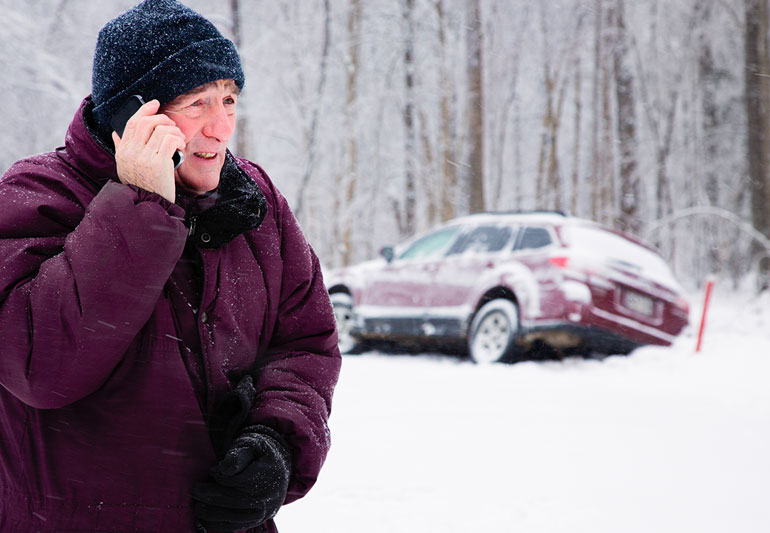
Travel tips
Driving in wintry conditions adds an extra element of risk to any trip. Watch this video to learn which eight items should absolutely be in your vehicle in case a cold-weather car issue leaves you stranded on the roadside.
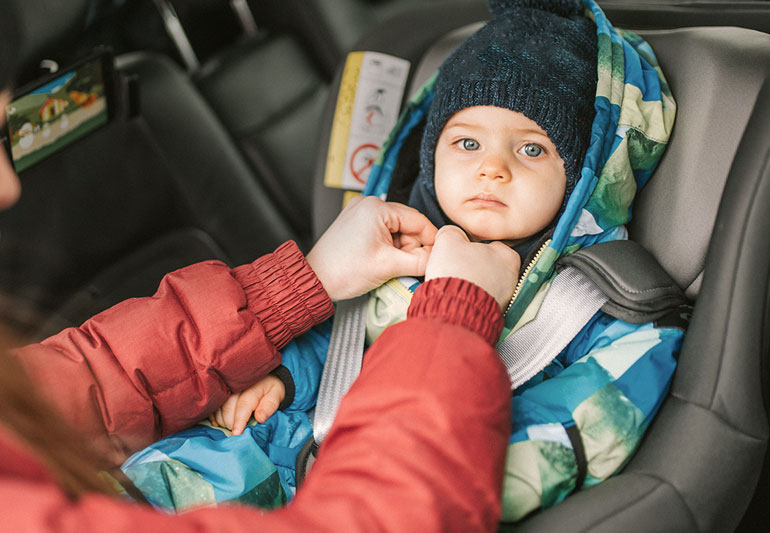
Kids in cars
Warm and puffy coats are perfect for when your little ones are frolicking outside. But bulky coats can make the safety straps less effective when your kids are buckled into a car seat. Here’s how to tell if your child’s coat is too thick for safe travel.
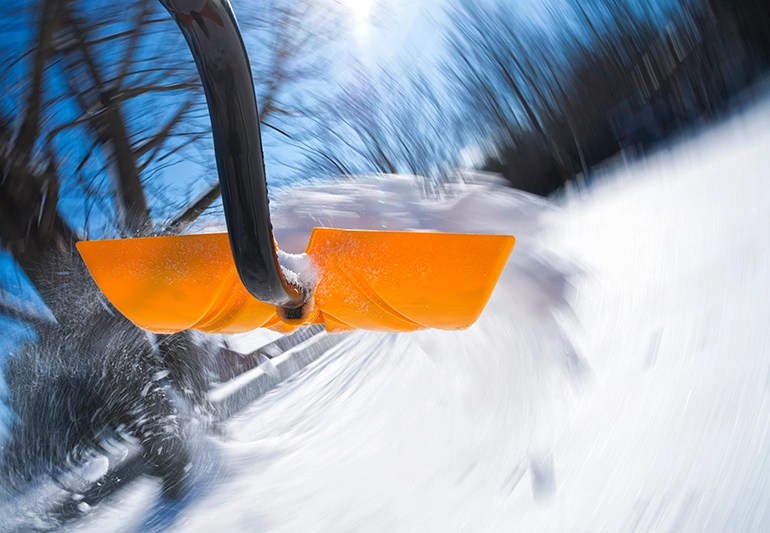
Heavy lifting
Did you know that snow weighs approximately 20 lbs. per cubic foot? Shoveling that mess off of your driveway is equal to a strenuous workout — and that sort of exertion in frigid temperatures can trigger a heart attack. Here’s how to keep your ticker safe.
And to protect your back while clearing snow, make sure you’re using the right kind of shovel and proper technique. Limiting your “lift and throw” can keep the aches away.
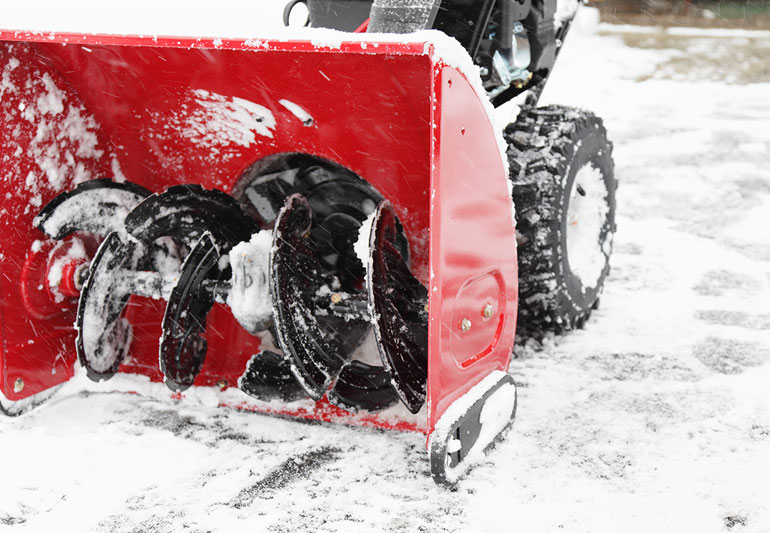
Snowblower safety
Swapping your shovel for a snowblower may seem like a safer option given that last note. Well, consider this: Snowblowers cause more than 5,000 injuries a year. So, if you use one of those machines, take these precautions.
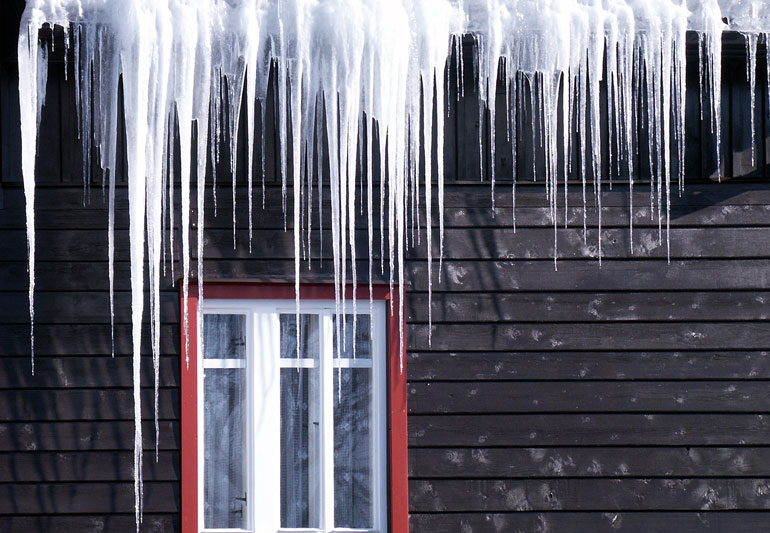
Danger above
Here’s a cold, hard fact: Icicles that break off a roofline and crash to the ground can pack quite a punch. If you’re in the drop zone, being hit by falling ice can lead to concussions, bad bruises or even broken bones.
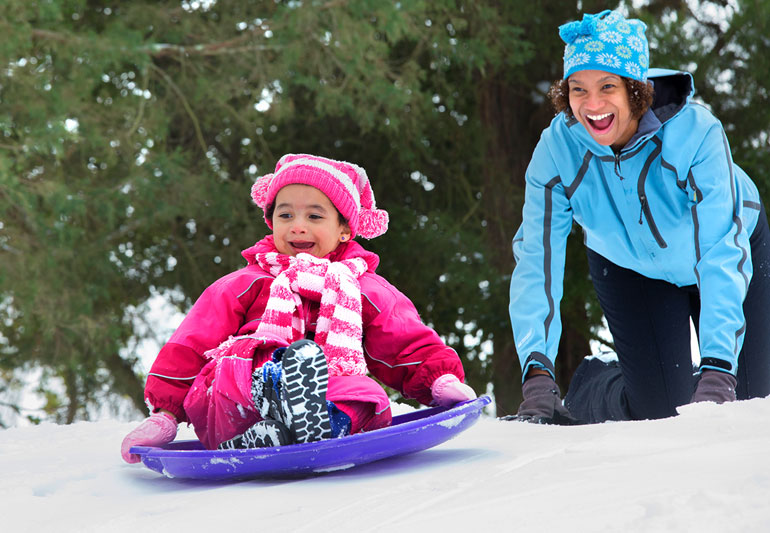
Health on the hill
Sledding carries inherent risk. After all, you’re basically careening down a slippery slope while sitting atop a skimpy ride. It’s a recipe for broken bones, bruises, concussions and other injuries. Follow these tips to end your sledding experience sipping hot cocoa at home instead of waiting to be seen at the ER.

Winter workouts
Cold and snow don’t have to cancel an outdoor run. If you do brave the elements, expect some unique challenges. Here’s how to safely get your miles in.
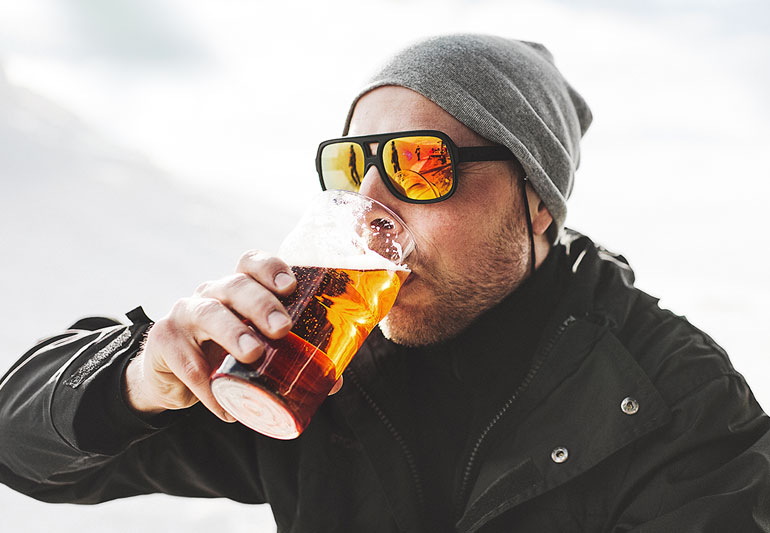
Drinks on ice
Drinking a “cold one” in the cold might seem enticing, but mixing alcohol and winter weather can be dangerous. Why? For starters, it can give you a false sense of warmth. So take these precautions if you’re going to raise a glass outdoors.
Wondering how you’ll stay healthy this winter? Then, check out these nine tips addressing everything from how to dodge the cold and flu to keeping your skin soft, staying trim and brightening your mood.
